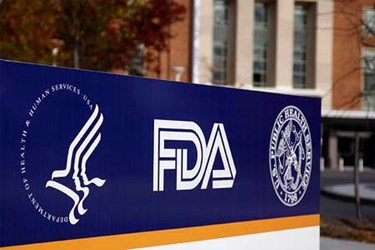FDA Five-Year Plan Focuses On Globalization, Safety
By Nick Otto

The FDA has laid out its strategic priorities for the next five years, including plans to increase its inspection and enforcement activities with its international counterparts.
The FDA’s Strategic Priorities 2014-2018 draft document details an international operating model based on information sharing, data-driven risk analytics, enhanced intelligence-gathering capabilities, and smarter allocation of resources through partnerships. The goal is to enable global regulators to share real-time information and better allocate resources based on risk, the agency says.
For example, the agency points to its recent initiative called The Global Coalition of Regulatory Science Research, a worldwide group of regulators created to build and strengthen the global supply chain through mutual research, scientific exchanges, and training as a basis for regulatory decision making.
The FDA will use information from the collaborations to pinpoint critical data elements, such as unique facility identifiers, to better standardize reporting and facilitate data exchanges, according to the document.
The plan builds on work already underway, as the FDA has been looking increasingly to partner overseas since the FDA Safety and Innovation Act granted it the power to enter into mutual recognition agreements with foreign regulators on routine inspections.
According to the report, the FDA currently oversees products from more than 200 countries and territories through more than 300 U.S. ports.
Examples of the FDA’s increased globalization efforts and expansion into emerging markets include FDA Commissioner Margaret Hamburg’s visit earlier this year to India, and her five-year pledge with then Indian health secretary, Keshav Desiraju, on increased data sharing between the two agencies.
Global regulators are increasingly striving to maintain a safe supply chain, as the European Commission recently enacted a directive requiring notified bodies to conduct unannounced audits for device makers on manufacturing facilities across the globe.
Additionally, the FDA’s plan attempts to reduce adverse events, and to do so, the FDA says it plans to increase environmental samplings in order to detect dangerous wares as well as use social media more often to disseminate risk alerts.
Last month, the agency released much-anticipated draft guidance to help industry better use social media, including character-limiting platforms such as Twitter.
The draft’s grand-scheme goals and objective include:
- Enhanced oversight of FDA-regulated products;
- Better-informed decisions on FDA-regulated products; and
- A strengthened organizational makeup, promotion excellence, and accountability.
